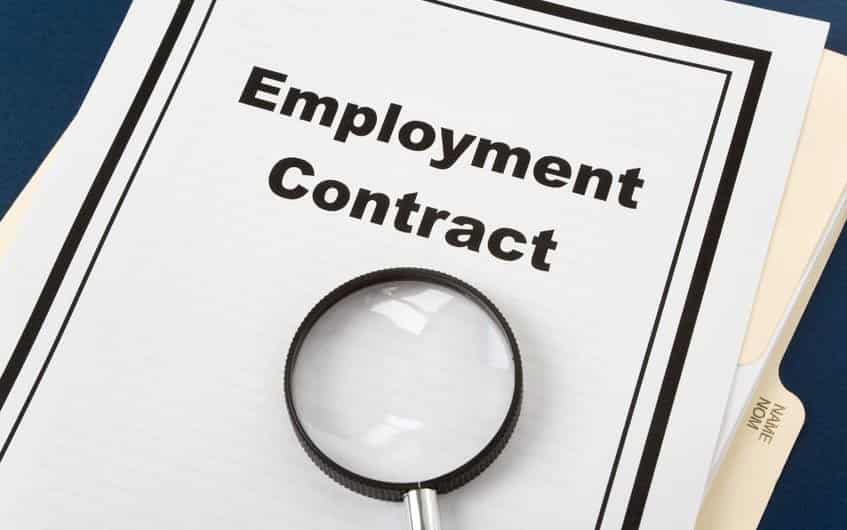It is not uncommon to find a form for a deed of accession attached to a shareholders agreement. However, not everyone knows what a deed of accession is.
This article will discuss what it is, the benefits, and how you can create one for your company.
Overview of Deeds of Accession
A deed of accession is a written, formal agreement which new shareholders usually sign before their registration as a shareholder. It indicates the consent of new shareholders to abide by the terms of an existing shareholders agreement. An alternative name for a deed of accession is a ‘deed of adherence’.
Benefits of Deeds of Accession
A key advantage of a deed of accession is that it is a simple way of ensuring the original shareholders agreement is binding on all shareholders, old and new. This is important as shareholders agreements are only enforceable against those who signed it originally or who agree to be bound by it at a later time. This is in contrast to a company’s constitution, which is automatically binding on all shareholders as per the Corporations Act. By using deeds of accession, the rights and responsibilities under the original shareholders agreement become the same for everyone. This is quite significant, as the shareholders agreement typically covers important rights such as voting rights. It may also cover issues such as who will need to buy the shares of a shareholder leaving the company.
Another advantage of deeds of accession is that courts can enforce them without the need for consideration. That is, no payment is necessary between the parties to find the agreement to be legally binding on them. This is because of the formal nature of the document, which must satisfy certain requirements in terms of how it is written and how the relevant parties sign it.
Deeds of accession are also beneficial in saving everyone both time and money. Indeed, it removes the need to spend money on creating lengthy shareholders agreements each time new shareholders want to invest. Instead, you can simply use the same form of deed for each new shareholder.
Creating a Deed of Accession
Companies commonly include a template for deeds of accession in their shareholders agreements.
Those who do not currently have a form for a deed of accession can easily create one using LawPath’s customisable document builder. Alternatively, for further information on this type of deed and help drafting one, you may wish to speak with an experienced commercial lawyer.



